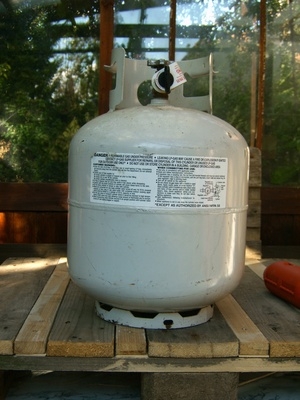
Converting your car to liquefied petroleum gas is a great way to green your car, however it should not be undertaken lightly. This process requires extensive work on your car and should only be done by a professional car mechanic. Improper installation can ruin your car and possibly cause it to burn. It can also be prohibitively expensive to install, so unless a cheap source of liquefied petroleum gas is available, you should not install it in hopes of saving money.
Consult a local mechanic, preferably one that specializes in LPG conversions. Ask him about the feasibility of installing an LPG conversion kit into your car. Some cars are just not feasible for conversion. For example, any supercharged engine would be a bad choice because the fuel air mixture has to be just right. Also cars with continuously variable transmissions are a bad choice as the powerband will change with propane, making the CVT transmission possibly miss teeth.
Select the kit that best works for your car. Different tank sizes are available, and some kits use better hoses and pumps. You get what you pay for and buying the cheapest kit is not recommended. Consult with the mechanic about which kits he have experience with and what he would recommend.
Take your car to the mechanic and ask about any discounts for donating the parts he has to remove. The installation process can take a week at minimum, possibly two. The propane tank will have to be installed in the trunk of the car because of the increased bulk and the cylindrical shape. Regular gas tanks can have various shapes because they are not under pressure, but LPG tanks have to be a cylinder like a beer keg to container the pressure.
Test the car when the mechanic is done with the installation process. This is to test the car to see if it works and to get used to the decreased horsepower and torque. The acceleration will also be weaker.